Fix External Hard Drive Not Available in Windows 10
The external hard drive is not available, even the thought of it makes me nervous. I know the pain of losing such valuable data years ago. Since then, I have never taken my external hard drive lightly; I bought a good hard case, cleaned it regularly, and made sure it didn't overheat. Hard drives are usually fragile and sensitive. If you find that your drive is not working or is not connecting to your computer, first of all, do not panic. Also, don't take any extreme methods to fix it before it's guaranteed or you'll lose your data. You must be wondering if external hard drives can be repaired, and the answer is yes, you can. However, identifying the problem beforehand will make the process easier. So let's start with some basic to intermediate methods; try them out and hopefully you won't need to visit a repair shop.
How to Fix External Hard Drive Not Accessible in Windows 10
Problems with an external hard drive can be caused by several reasons, including:
- Disabled hard drive without proper ejection.
- Unsupported or outdated driver.
- Recently dropped or damaged.
- An error is either in the ports of the device or in the USB cable of the hard drive.
- Damaged due to viruses or malware.
Note. Before we begin to address your question of whether external hard drives can be repaired, don't even try to hit, lightly tap, or shake the hard drive. The tap-and-bump mechanism may work with other electronic devices, but the problem will get worse on a hard drive. Also, when following these methods, or if you can access the hard drive on your PC at any time, be sure to back up or transfer any important data.
Method 1: Basic Troubleshooting Steps
Follow these basic steps to fix external hard drive issues in Windows 10 .
- Reboot your system and then try plugging it back in.
- Remove the drive from the cover or case and place it on a flat surface before connecting.
- Disable and try on other PC ports. If you're using a USB 3.0 port, try USB 2.0.
- Also, try connecting to other external devices such as a keyboard, printer, or mouse. If you're having connection issues with these devices as well, the issue might be related to ports or drivers.
- Inspect the USB cable from both ends. Make sure it's not broken or damaged. Also, try using a different USB cable when connecting a hard drive; The problem may be in the cable.
- Check the hard drive on another PC. If it works, it means that the problem is with the device or ports.
Method 2: Check the hard disk format
There are two main drive formats: ExFAT, which works on both Mac and Windows operating systems, while NTFS is only compatible with Windows. If you connect a Mac OS hard drive, Windows will not detect it. Therefore, in order to connect a hard drive to Windows, you need to format it in ExFAT format. Follow the 8 steps method to change the hard disk format. To check the hard disk format, do the following:
1. Open File Explorer by pressing the Windows + E keys at the same time.
2. Click "This PC", then right-click the hard drive and select "Properties".
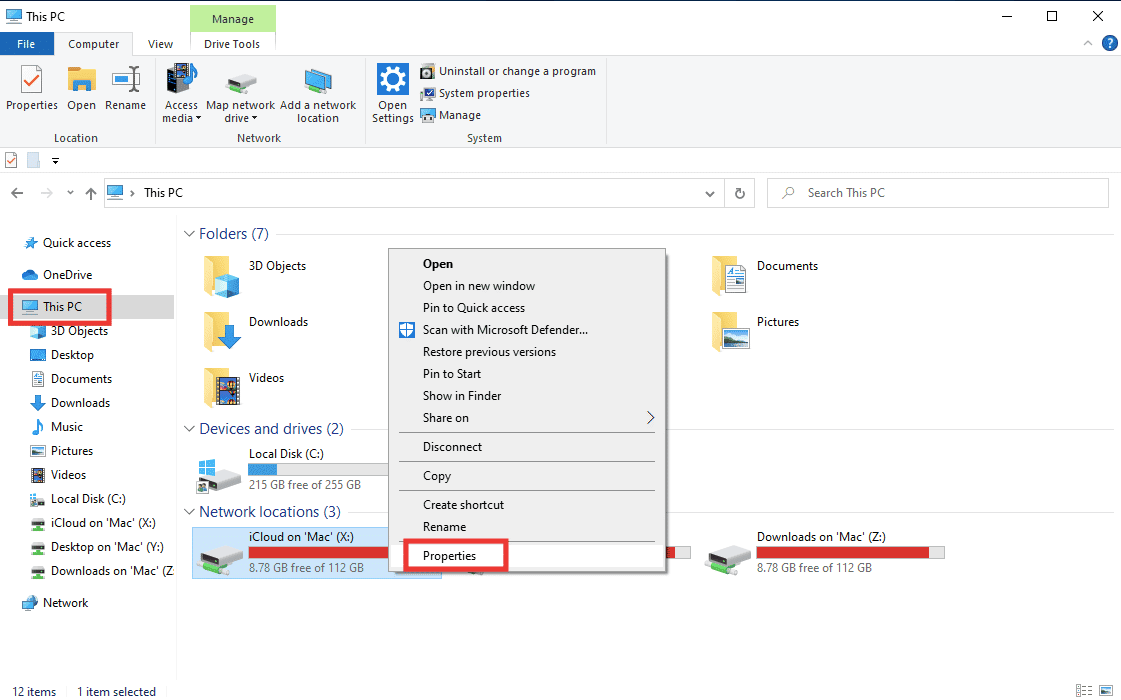
3. The format of your hard drive will be listed on the General tab next to File System.
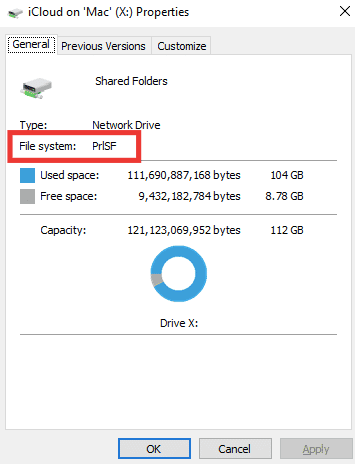
Method 3: Update device drivers
One of the main reasons for the “External hard drive not available” error message can be a faulty or outdated driver that does not support your device. Follow our guide to updating device drivers in Windows 10.
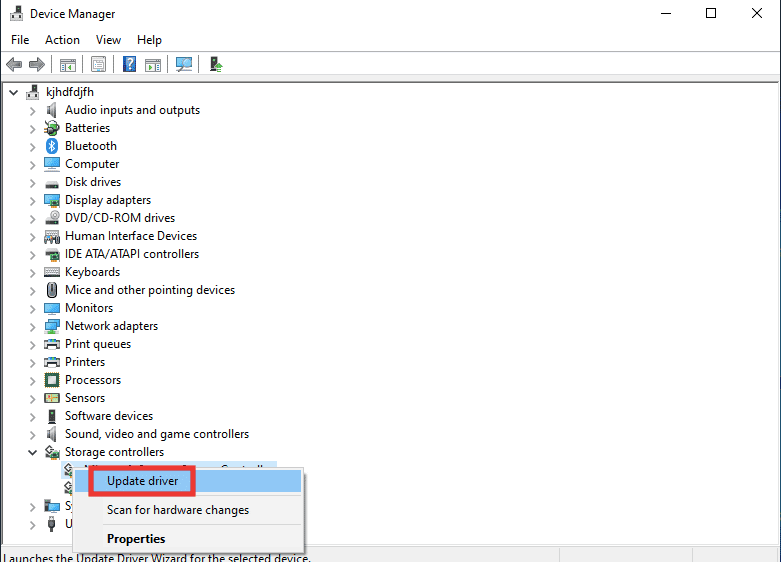
Method 4: Reinstall device drivers
The Scan for hardware changes option will identify all the hardware connected to your PC and based on that a default driver will be installed. To fix the error, you need to temporarily remove the drives and USB driver and reinstall them again. Read our guide to uninstalling and reinstalling drivers in Windows 10.
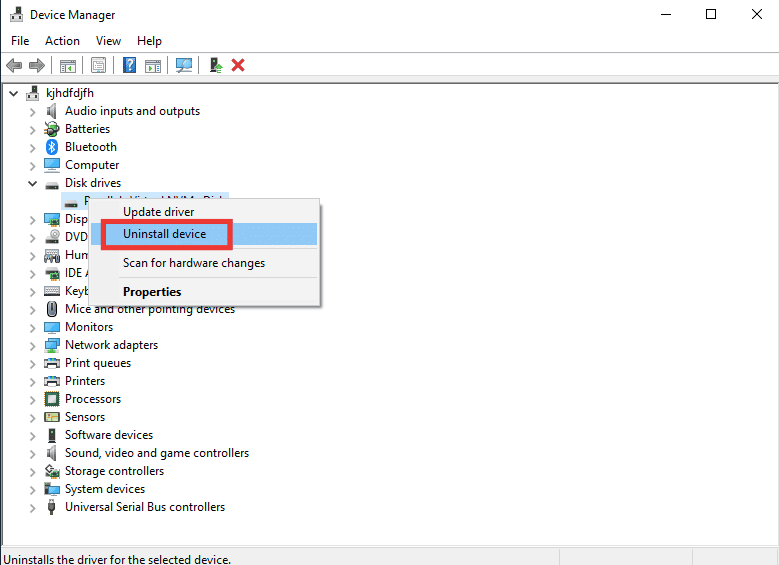
Method 5: Run a CHKDSK Scan
Chkdsk means "Check Disk". This is a built-in disk scanner that will detect and fix all errors that occur due to malware, corrupted system files or improper shutdown. Follow our guide to check disk errors using the chkdsk command.
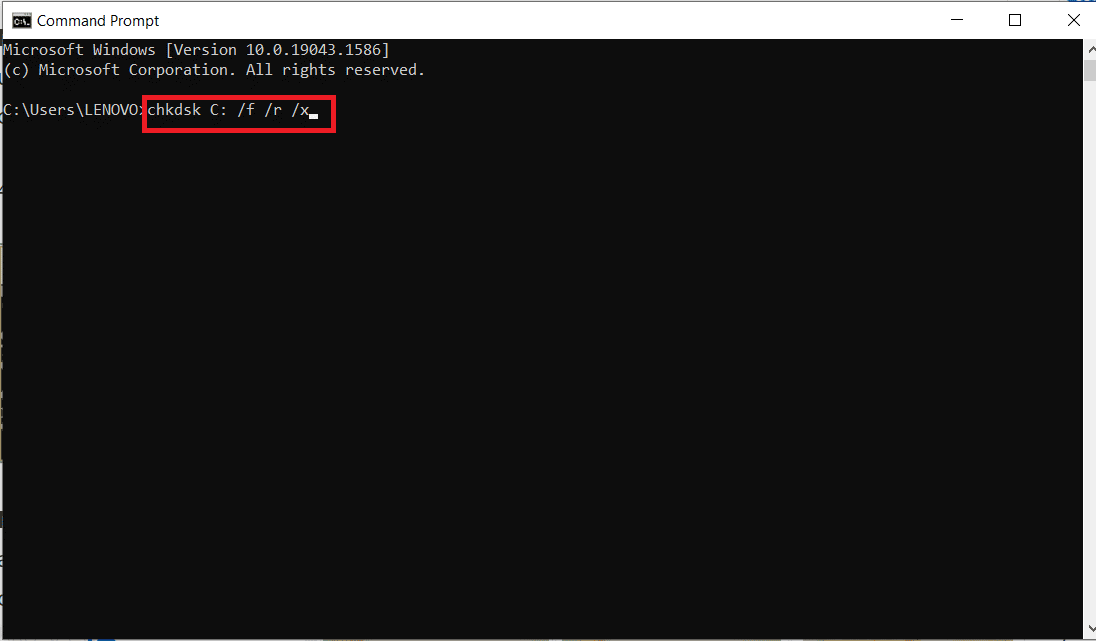
Method 6: Check your hard drive in safe mode
There are high chances that you will be able to access the drive in safe mode if the external hard drive is not accessible in normal mode. There might be a file or setting that might be interfering with normal Windows mode. In safe mode, functionality is limited and only the main driver is loaded. Follow these steps to enable Safe Mode and fix external hard drive issues.
1. Press the Windows key, type "System Configuration" and press enter.

2. Then go to the Boot tab, click Safe Boot and click OK.

3. After that, click "Restart".
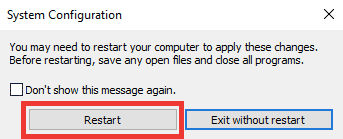
4. Once your system reboots into safe mode, launch File Explorer and check if the external hard drive is available.
5. Then go back to "System Configuration" and click "Normal Startup" to boot in normal mode, otherwise it will continue to boot in safe mode. And then click OK.

6. Click Restart.

Method 7: Change Drive Letter
The "External hard drive is not available" error occurs if there are two drives with the same name, which can lead to confusion between paths. Make sure each drive has its own unique name/letter. Here's how to change it:
1. Press the Windows key, type Disk Management and press enter.
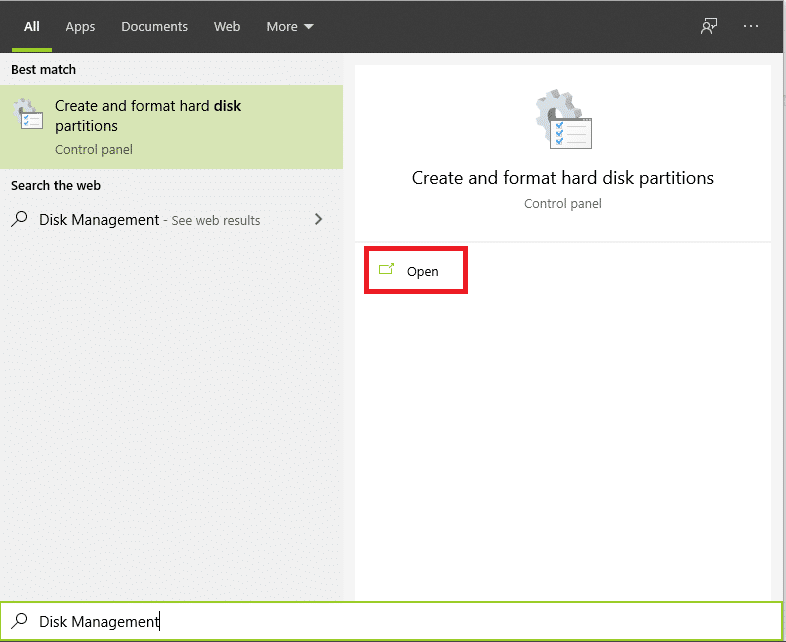
2. Right click on your drive and select "Change drive letter and paths...".

3. Click Change….

4. Then select a new letter from the drop down menu and press OK.
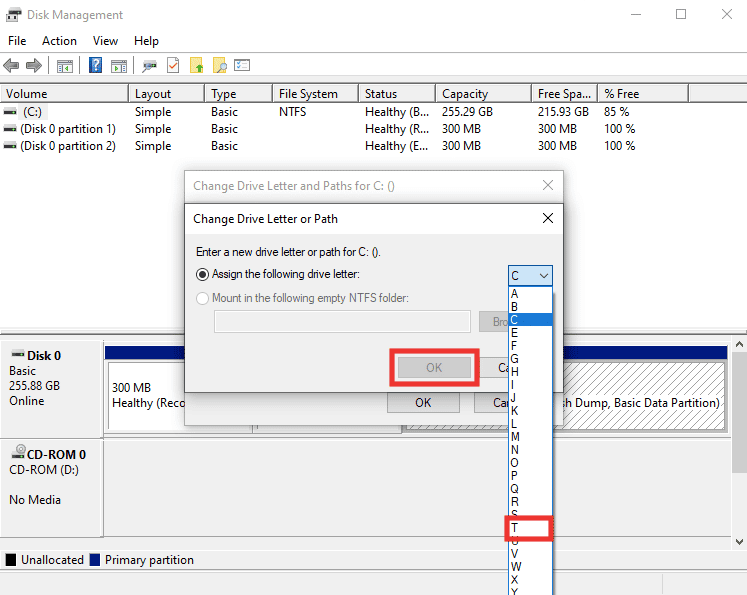
5. Finally, restart your computer.
Method 8: Create a partition for a new hard drive
If you're trying to connect a new or formatted hard drive and you're encountering external hard drive inaccessibility issues, the cause might be that the drive doesn't have a partition. A partition is used to provide space for storage and allocation. To make a partition, follow these steps:
1. Connect your hard drive.
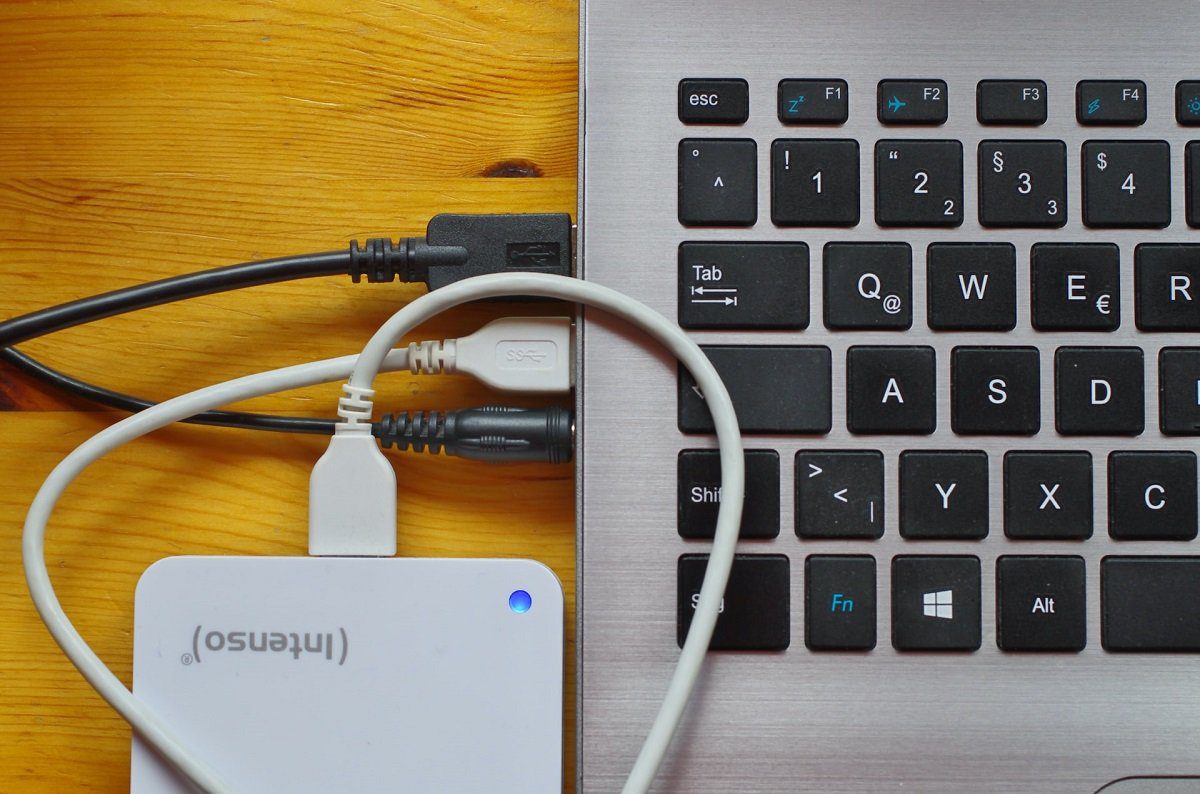 Photo by Immo Wegmann on Unsplash
Photo by Immo Wegmann on Unsplash
2. Launch the Disk Management application.
3. Right-click on the hard drive where the black bar is visible and select the New Simple Volume… option.

4. Click the Next > button.
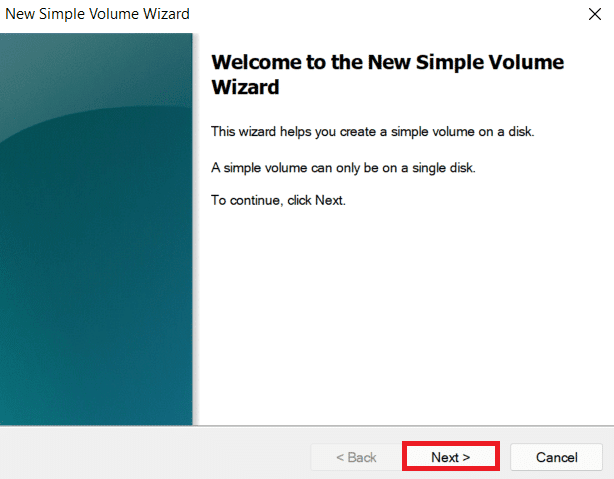
5. Specify the size and name of the disk and click Next.
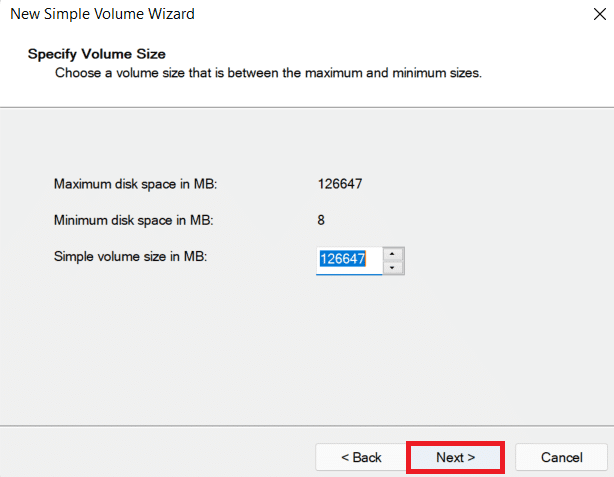
6. Then select the "Format this volume" option and select the file format NTFS for Windows or ExFat, which is also compatible with Mac. And click Next>.
7. And click Done.
Note. If you select the format option, all data on the external hard drive will be deleted.
Method 9: Allow Show Hidden Devices
In most Windows operating systems, the option to hide the empty driver is enabled by default. Or, if this option was enabled by mistake, it could be causing problems with the external hard drive. To get rid of it, do the following:
Option I: Enable Hidden Device
1. Press the Windows key, type "Command Prompt" and click "Run as administrator".
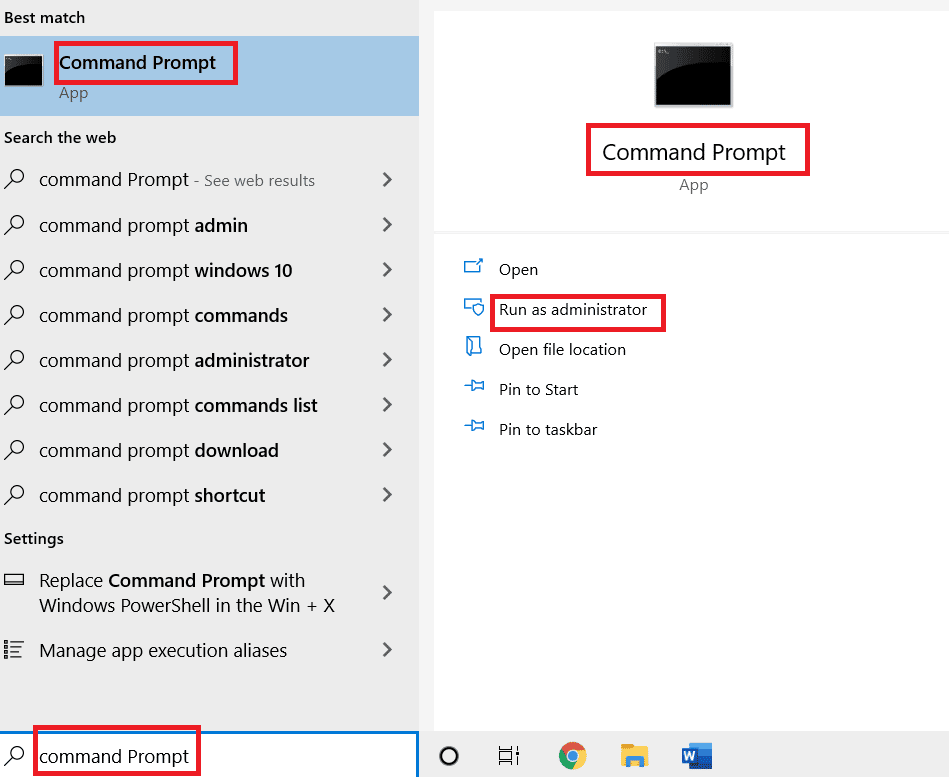
2. Click Yes to give permission.
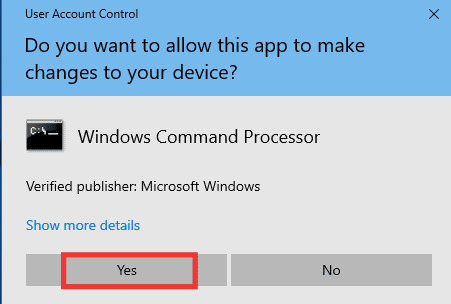
3. Then type the following command and press the Enter key.
set devmgr_show_nonpresent_devices=1

4. Now press the Windows key, type "Device Manager" and click "Open".

5. Then click View and click Show Hidden Devices.
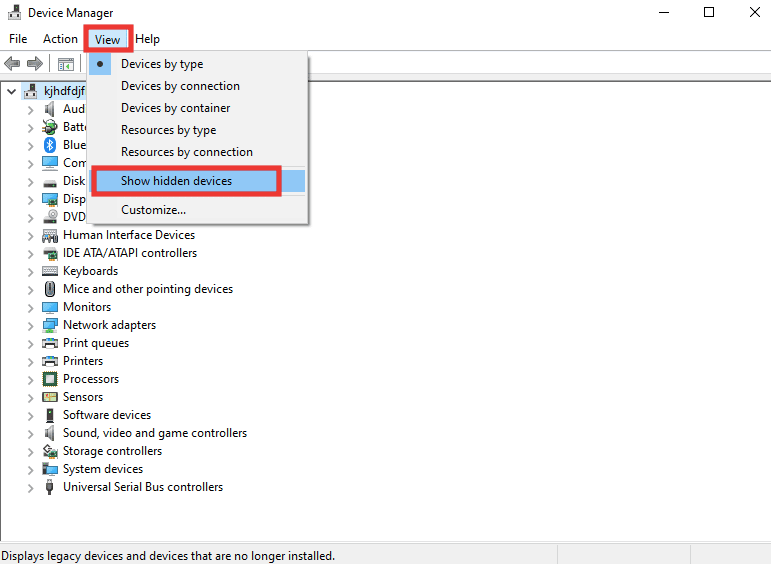
6. Connect the external hard drive again and check if it is available.
Option II: Check Hidden Files
1. Press the Windows + E keys at the same time to launch File Explorer.
2. Then go to the "View" tab and click "Options".
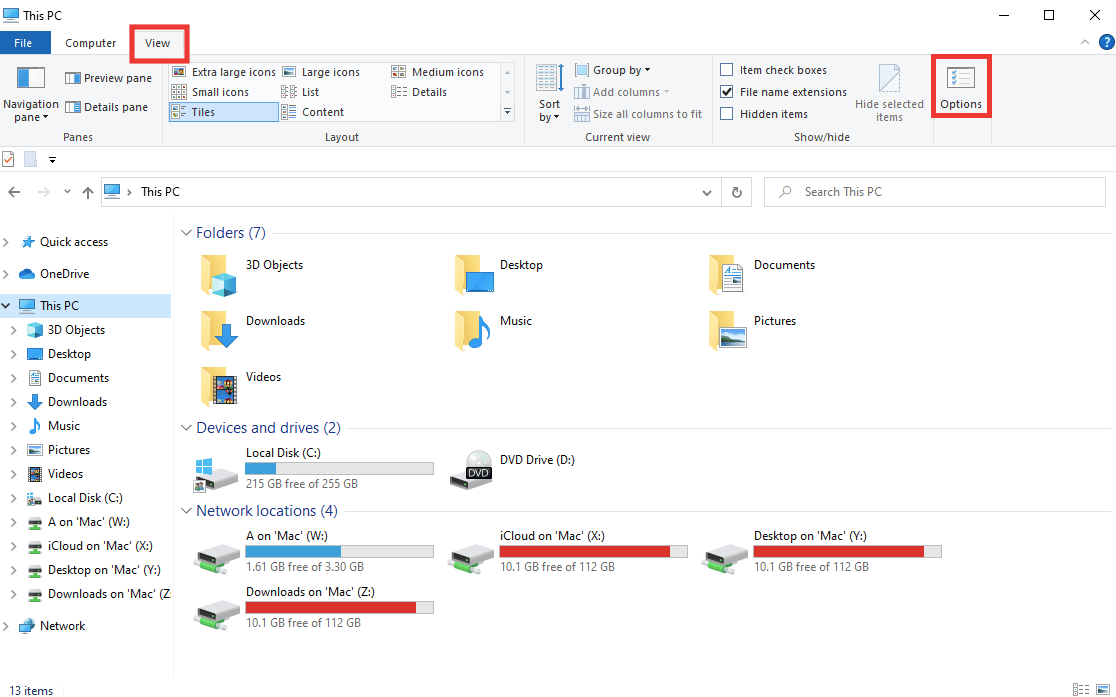
3. Click the View tab, uncheck Hide Empty Drives, and click OK.

Frequently Asked Questions (FAQ)
Q1. Why do I need to remove the hard drive before unplugging it?
Answer Simply put, you need to tell the computer to stop any process it is running on the hard drive. If you disable it without ejecting the drive, files may be corrupted, resulting in hard drive damage.
Q2. How to keep your hard drive in the best condition?
Answer Keep it in a good case to protect it from dust and accidents. Keep it cool and unplug it when not in use; the more it is used, the shorter its life will be. This is a very sensitive device, do not drop or shake it. During use, place it on a level surface and do not place it on shaking or vibrating surfaces such as speakers or bulky speakers. Wipe it frequently with a dry cloth and avoid using it outdoors in direct sunlight.
***
We hope this guide was helpful and you were able to solve the "External hard drive not available" problem, as well as learn about whether external hard drives can be repaired or not. Let us know which method worked best for you. If you have any questions or suggestions regarding any technical issues, feel free to post them in the comments section below.